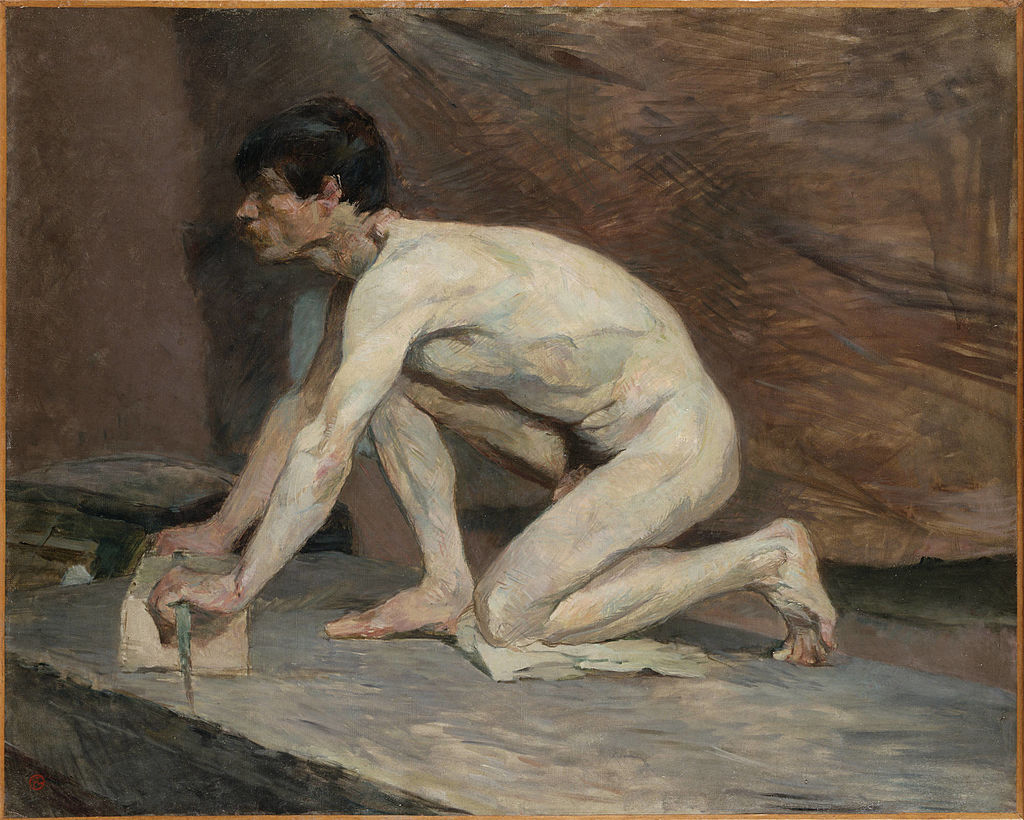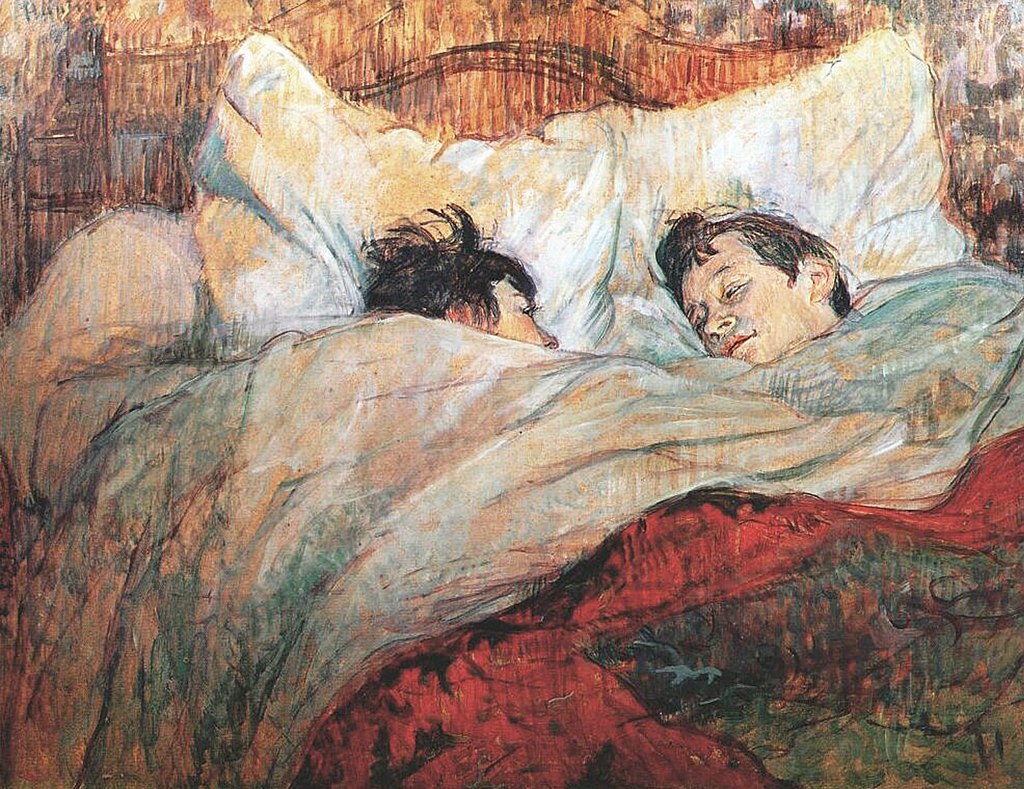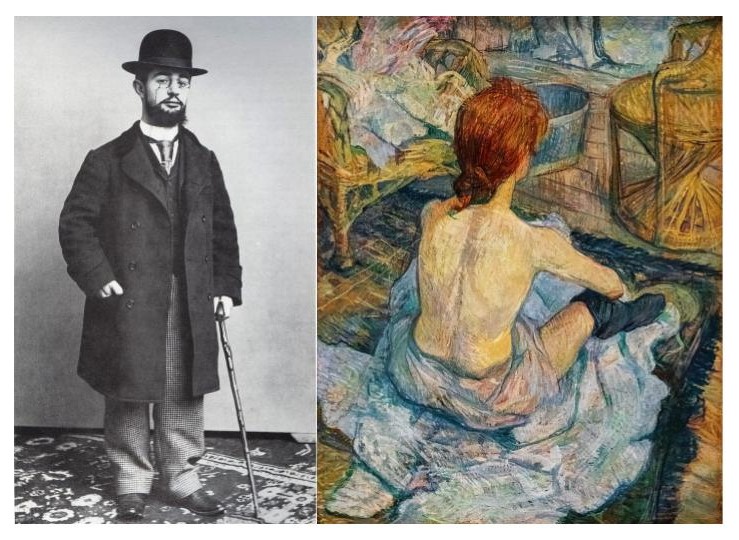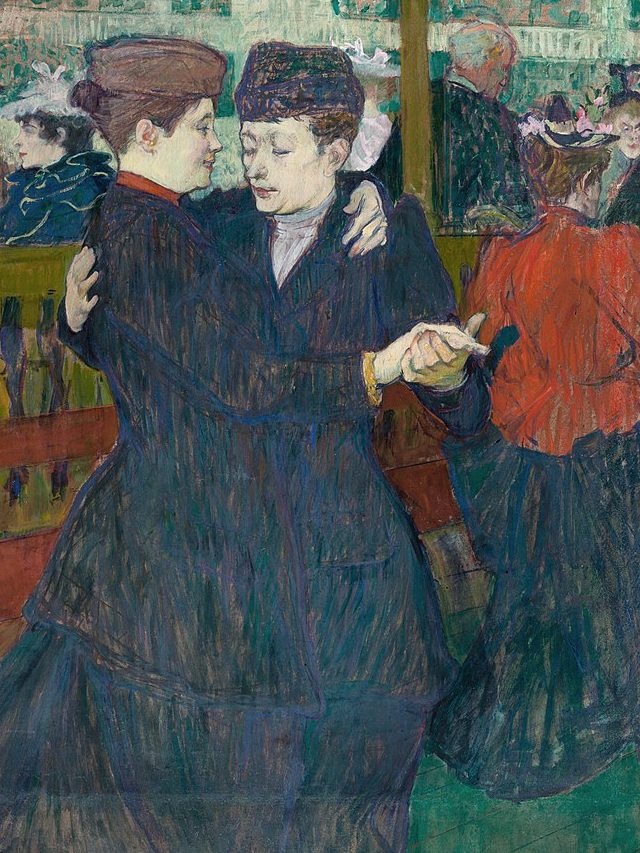French painter, printer, illustrator, and draughtsman Henri de Toulouse-Lautrec (1864–1901) is most known for his enduring portraits of the bohemian and nightlife scenes of late 19th-century Paris. Toulouse-Lautrec, though he lived a brief life, made a lasting impression on the world of art, especially with his inventive use of printing and his astute observation of Montmartre’s social settings.
Early Life and Background
In the Southern French town of Albi, Henri Marie Raymond de Toulouse-Lautrec was born on November 24, 1864, into an aristocratic and noble family. Toulouse-health Lautrec was fragile due to a series of genetic illnesses that resulted from familial marriages, and he faced many physical obstacles throughout his life. He overcame these challenges and at an early age became passionate about painting.

After relocating to Paris in 1882, Toulouse-Lautrec became fully involved in the thriving artistic and free-spirited milieu of Montmartre. His creative inspiration originated from this neighbourhood, where he was lured to the cabarets, dance halls, and brothels that typified late 19th-century Parisian nightlife.
Artistic Style and Techniques
The particular style of Toulouse-artwork Lautrec is typified by vivid colours, expressive lines, and a close examination of his subjects. He was an expert at encapsulating the spirit of the characters he played, especially those in the entertainment business; Dancers, cabaret singers, and customers of the places he visited were frequently featured in his works.
Toulouse-inventive Lautrec’s use of lithography was one of his major artistic contributions. His prolific output of prints and posters helped to establish the poster as a recognised art form. Famous examples of this area of his work include his posters for the Moulin Rouge, “Moulin Rouge: La Goulue” and “Aristide Bruant in his Cabaret.”
Toulouse-Lautrec became strongly identified with the Moulin Rouge, a renowned cabaret located in Montmartre. He spent a lot of time there, capturing in his artwork the dancers, entertainers, and vibrant atmosphere. Beyond his artistic pursuits, Toulouse-Lautrec was deeply engrossed in the world of cabaret and nightlife, frequently engaging in social interactions with the characters he painted.
Personal Life

Toulouse-Lautrec battled alcoholism and health problems throughout his personal life. Genetic abnormalities caused him to be small in stature and delicate health, which ultimately led to his early death at the age of 36. Toulouse-Lautrec had a very short career, but he left a lasting impression on art. His inventive printing processes and ability to capture the essence of Parisian nightlife created a lasting impression. His writing is praised for its audacity, openness, and understanding of the historical social dynamics.
Notable Works
Lautrec’s well-known poster, “Moulin Rouge: La Goulue” (1891), features the well-known can-can dancer La Goulue. The series of paintings and prints titled “At the Moulin Rouge” (1892–1895) shows Toulouse-preoccupation Lautrec with the cabaret culture and features scenes from the Moulin Rouge. The popular can-can dancer Jane Avril’s lively and exuberant energy is captured in the picture “Jane Avril Dancing” (1892). Another noteworthy poster is “Aristide Bruant in his Cabaret” (1892), which shows the cabaret singer Aristide Bruant, who is well-known for his bohemian style and red scarf.
Lithography and Poster Art
Toulouse-inventive Lautrec’s use of lithography was one of his major artistic contributions. He created a great deal of posters, which helped the poster become recognised as an art form. His Moulin Rouge posters, which included the renowned can-can dancer La Goulue among others, came to represent the time.
Cabaret Culture and Moulin Rouge

Toulouse-Lautrec drew inspiration from Paris’s nightlife, especially from the dance halls and cabarets. Some of his most recognisable pieces are the consequence of his interest in the renowned cabaret venue, Moulin Rouge. In his paintings, posters, and prints, he usually included dancers, singers, and the vibrant ambience of these venues.
Tragically, Henri de Toulouse-life Lautrec’s was cut short; on September 9, 1901, he passed away at the tender age of 36. Alcoholism and syphilis complications were listed as the official cause of death. His brief but fruitful artistic career came to an end with his passing, leaving a lasting impression on the art world.
José Clemente Orozco: Art of Political Murals and Social Revolution in Mexico






